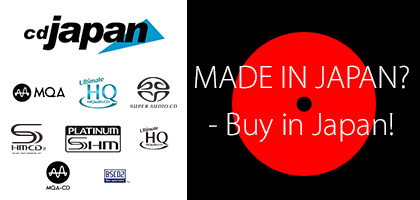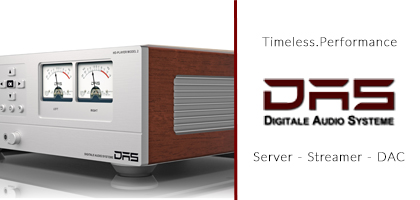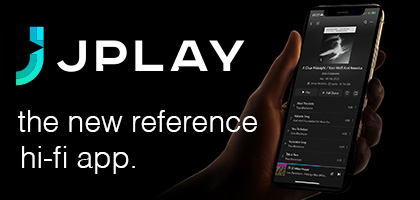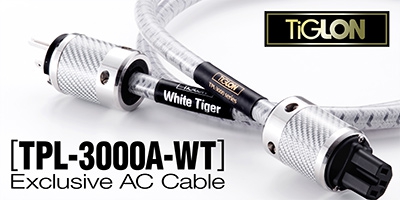No. 257 October 2025
- COVER REVIEW: ANCIENT AUDIO Silver Grand Mono Mk II ⸜ power amplifier • monoblocks » POLAND • Kraków
- KRAKOW SONIC SOCIETY № 153: 30 years of ANCIENT AUDIO » POLAND • Kraków
- FEATURE ⸜ music & technology: HISAO NATSUME presents - In search for the lost great pianism Chopin tradition » part 2 (France) » JAPAN • Tokyo
- REVIEW: AUDIOPHONIQUE Classic AP 300D ⸜ power amplifier » POLAND • Pruszków
- REVIEW: AVATAR AUDIO Holophony No. 1 ⸜ loudspeakers • floor-standing » POLAND • Osowicze
- REVIEW: DIVALDI Gold PA One ⸜ integrated amplifier » POLAND • Kraków
- REVIEW: J.SIKORA Aspire ⸜ turntable (deck + tonearm) » POLAND • Lublin
- REVIEW: MB AUDIO CABLE Silver ⸜ analog interconnect ⸜ RCA » POLAND • Turza Śląska
- REVIEW: XACT N1 ⸜ LAN switch » POLAND • Wrocław
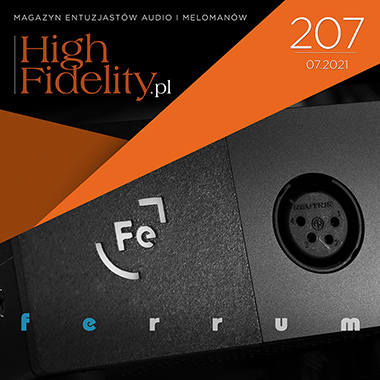
|
Editorial
Text: WOJCIECH PACUŁA |
|
No 207 August 1, 2021 |
|
MY HOLIDAY DREAM of a „DAC”, that can really do it all

The impracticability of this design is that such a device would have to consist of many separate products in one housing. It would not be possible to make one universal DAC, each of them would have to be a separate circuit. This is because the companies involved in the early digital recorder projects each did it their own way, and their recordings are usually not compatible with others. Moreover, they are not compatible with currently used converters, decoding 16, 24 or 32 bits, with sampling frequencies of 44.1 and 48 kHz or their multiples (88.2, 96 kHz, etc.). This forces recording labels to compromise. Initially, digital recorders were designed as replacements for analogue ones, only to reduce noise and distortion levels. The medium which the music material was released on was analog anyway, so such a digital tape recorder was used in a mastering studio, where it fed signal through a digital delay line to lathe i.e. a turntable with a head cutting varnish, from which matrices for LP records were made. 
There was no problem with the fact that - for example - the signal had a sampling frequency of 50.4 kHz (MITSUBISHI X-80), 50 kHz (SOUNSTREAM, M3 ), or a bit depth of 12 (DENON), 14, 16 or 18 bits (DECCA). The tape recorders reproduced the signal via the built-in D / A converters without any conversion - today we would say: "natively". The problem arose when the owners of the music material decided to release it on CD. From the mathematical point of view, the matter was not particularly complicated, although it did require a certain sensitivity. The conversion of the signal with a frequency other than the basic one for the CD 44.1 kHz was performed in devices called - no surprise - sampling rate converters (SRCs) with the change of the bit depth. The conversion was asynchronous, so the output sampling frequency had nothing to do with the input sampling frequency. 
And now - the mathematically simple operation from the sonic point of view turned out to be extremely problematic. There is no "standard" converting algorithm, and each company used (and applies) its own solutions. And while the input and output of any SRC is mathematically identical, the way it is done changes the sound. Everyone who was fascinated by upsamplers could experience it - each one sounded different, didn’t it? |

I think that was the main reason for the poor sound quality of CDs with material recorded digitally on tape recorders prior to the Compact Disc format. Although digital recorders with tapes on which the material was mastered were still used in mastering studios, between them and the computer controlling the glass matrix cutter used for pressing metal matrices for CDs there was an intermediate element in the form of a SRC system. Today it is done differently. On the one hand, sample rate converters are more advanced, they give better sonic results. Nevertheless, CDs and LPs with material recorded on a non-standard digital device are pressed today without the use of these machines. They simply disappeared from studios and apart from a few "crazy" ones, they are used only by specialized companies that provide services in copying their content to hard drives, already with classic sampling and word length values. Almost always the signal is upsampled and the label receives PCM 24/96 or 24/88.1 signal. 
So with each step we move further away from the source of the signal, and this always degrades the sound. Interestingly, labels wanting to release this type of material on SACD discs encountered similar problems. You cannot convert such a signal synchronously and you have to use asynchronous circuits. The changes in the sound turned out to be so big that many companies decided to recreate the original tapes with their original sampling rates, decode them natively to analog form and then convert the analog signal to a DSD signal. This is why I dream of a DAC that would accept any PCM signal, even from audio files, that without their conversion and in a native form, would convert them into analog signal. For the first time music lovers would hear the same sound as people working in the studio, and not just a shadow of these recordings, which are often breathtaking. It could be nicely "packaged" in terms of marketing, referring to the growing popularity of phono preamplifiers with different equalization curves. Each of the digital signals would light up a nice, specific for the type logo and it would look beautiful. The decoding of DSD, HDCD and MQA signals would be added to that, so that we would have a complete, do-it-all device. 
However, such a device will never exist. This project was born in my head because in a series of articles I took a deeper look at the first digital recorders and I was delighted with their complexity, amount of work and involvement of their designers - mostly audiophiles and musicians - as well as excellent fault tolerance which was never repeated again. However, I have an impression that I am alone in my owe and that most people when thinking "digital" automatically associates it with a computer and the Pro Tools system. And that's not true, completely untrue ... ■ WOJCIECH PACUŁA |
About Us |
We cooperate |
Patrons |
|
Our reviewers regularly contribute to “Enjoy the Music.com”, “Positive-Feedback.com”, “HiFiStatement.net” and “Hi-Fi Choice & Home Cinema. Edycja Polska” . "High Fidelity" is a monthly magazine dedicated to high quality sound. It has been published since May 1st, 2004. Up until October 2008, the magazine was called "High Fidelity OnLine", but since November 2008 it has been registered under the new title. "High Fidelity" is an online magazine, i.e. it is only published on the web. For the last few years it has been published both in Polish and in English. Thanks to our English section, the magazine has now a worldwide reach - statistics show that we have readers from almost every country in the world. Once a year, we prepare a printed edition of one of reviews published online. This unique, limited collector's edition is given to the visitors of the Audio Show in Warsaw, Poland, held in November of each year. For years, "High Fidelity" has been cooperating with other audio magazines, including “Enjoy the Music.com” and “Positive-Feedback.com” in the U.S. and “HiFiStatement.net” in Germany. Our reviews have also been published by “6moons.com”. You can contact any of our contributors by clicking his email address on our CONTACT page. |
 



|
   |
main page | archive | contact | kts
© 2009 HighFidelity, design by PikselStudio,
projektowanie stron www: Indecity



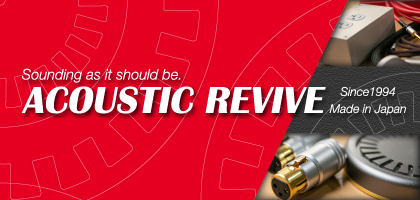
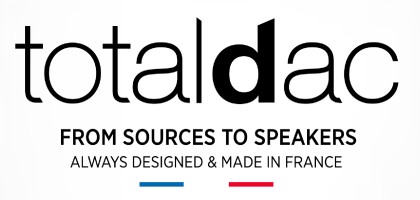
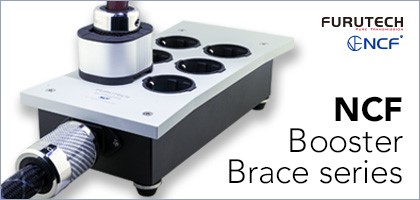
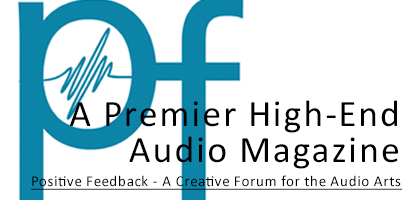
 NBEARABLE heat of 36° C in the shade, it’s muggy, there's no air to breathe - so I will close my eyes and start dreaming. These are small dreams, not big ones like "peace in the world", and to be honest, they are quite selfish ones. Namely I dream of a D / A converter that can do anything. But not in the sense that it can do everything that modern, multifunctional devices can, but what interests me the most: to convert a digital signal to an analog one for every type of digital signal known from the history of music signal recording. It is an impossible device, so these are only dreams, nothing more.
NBEARABLE heat of 36° C in the shade, it’s muggy, there's no air to breathe - so I will close my eyes and start dreaming. These are small dreams, not big ones like "peace in the world", and to be honest, they are quite selfish ones. Namely I dream of a D / A converter that can do anything. But not in the sense that it can do everything that modern, multifunctional devices can, but what interests me the most: to convert a digital signal to an analog one for every type of digital signal known from the history of music signal recording. It is an impossible device, so these are only dreams, nothing more.